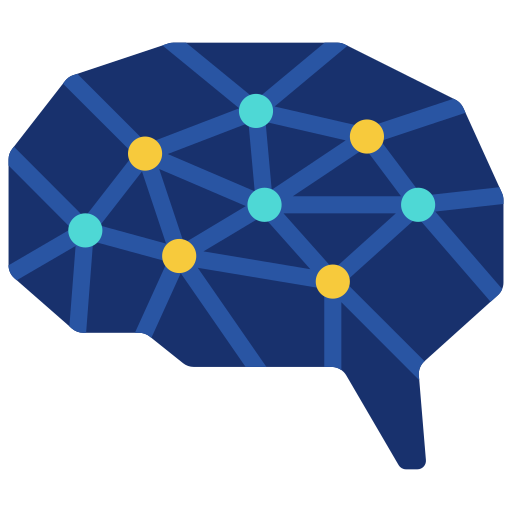Convolutional layers are essential for computer vision in deep learning. They process images represented by pixels using kernels to extract features. These layers enable the network to learn and recognize complex patterns, making them highly effective for computer vision. Convolutional layers greatly reduce the computational cost compared to fully connected neural networks when dealing with large, high-definition images.

“`html
What Convolutional Layers Are and How They Enable Deep Learning for Computer Vision
Neural network icons created by juicy_fish — Flaticon.
How Computers See Images
Computers work in binary numbers and can represent images using pixels. For grayscale images, the pixel values range from 0 (black) to 255 (white). Convolutional Neural Networks (CNNs) can see patterns in these pixels to classify images.
What is Convolution?
Convolution is where we mix two functions together. For image processing, one function is the input image and the other is a kernel (filter). The kernel is slid over the input image to compute an output by multiplying each pixel value with the corresponding element in the kernel and summing these products.
Convolutional Layers
Convolutional layers allow the machine or a neural network to learn what kernels are the best to decipher what the image is. Multiple kernels in each layer output one feature map per kernel, allowing the CNN to learn different aspects of the input.
Padding & Stride
Padding keeps the dimensionality constant and increases the sampling of the pixels on the perimeter. Stride is how many pixels we slide the kernel over the input image. By increasing the stride we reduce the computational cost but also increase the chance of losing information from the input.
Multiple Kernels
In practice, each convolutional layer will have multiple kernels and output one feature map per kernel. This allows the CNN to learn different aspects since each kernel learns to recognise different features of the input.
PyTorch Example
Below is an example of how you would implement two convolutional layers in PyTorch.
Summary & Further Thoughts
Convolutional layers work by stacking the outputs of applying a kernel to some input images. These kernels can identify things such as edges, but it’s up to the CNN to learn the best kernel for the task. Stacking allows us to learn features of the image at a greater complexity at each layer, which will then later be passed into a regular fully connected neural network.
If you want to evolve your company with AI, stay competitive, and use Convolutional Layer— Building Block of CNNs to redefine your way of work, connect with us at hello@itinai.com.
Spotlight on a Practical AI Solution
Consider the AI Sales Bot from itinai.com/aisalesbot designed to automate customer engagement 24/7 and manage interactions across all customer journey stages.
Discover how AI can redefine your sales processes and customer engagement. Explore solutions at itinai.com.
“`
List of Useful Links:
- AI Lab in Telegram @aiscrumbot – free consultation
- Convolutional Layer— Building Block of CNNs
- Towards Data Science – Medium
- Twitter – @itinaicom



























